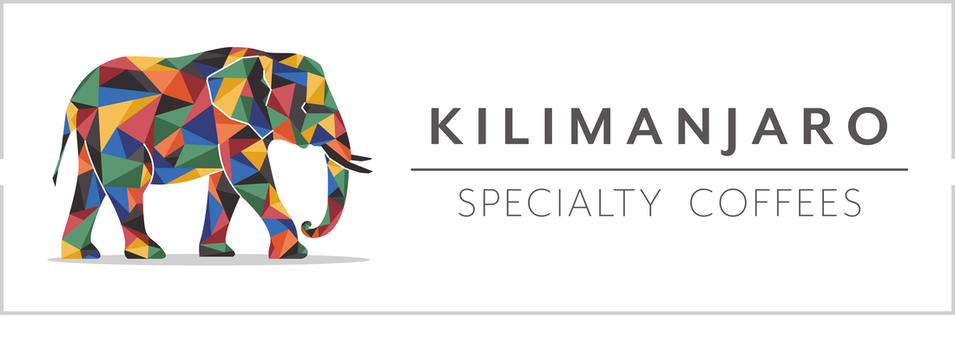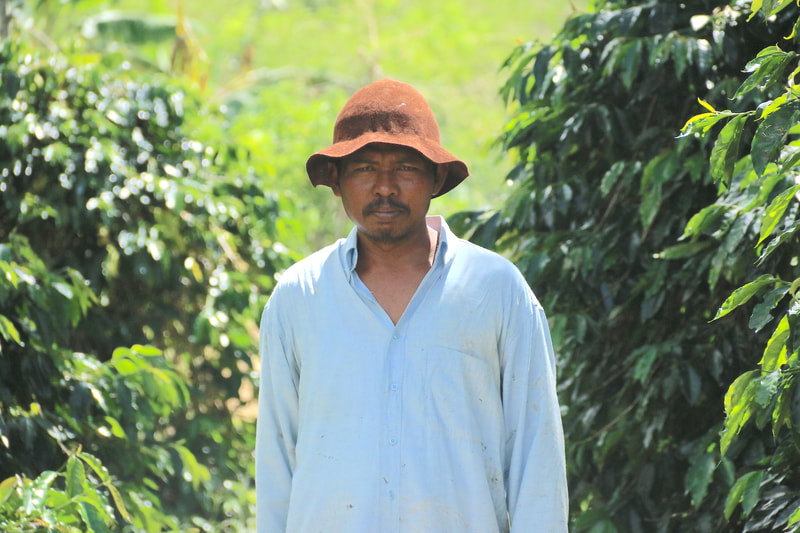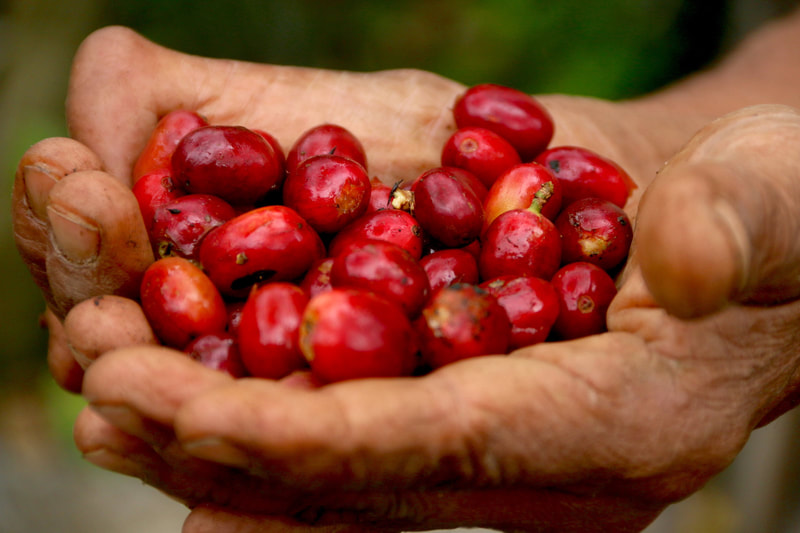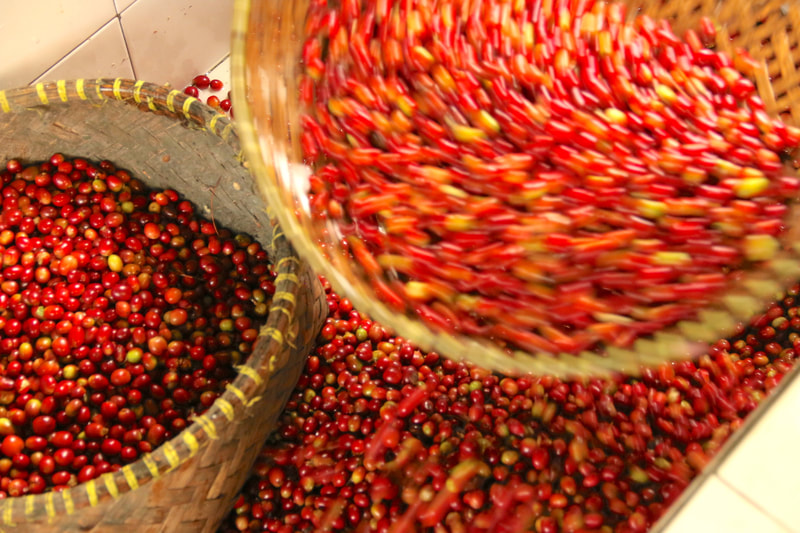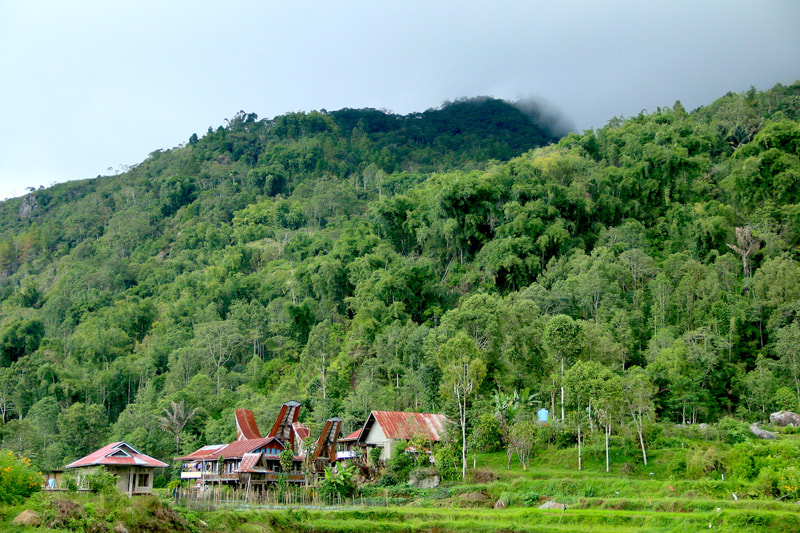SUMATRA ATU LINTANG
General Information
|
Origin: Sumatra, Indonesia
Region: Gayo, Aceh Village: Atu Lintang Cooperative: PT. Ihitiyeri Keti Ara Washing Station: Jagong Mill Farmers: 298 active members (119 female, 179 male) Cultivars: Tim Tim & Ateng Altitude: 1.400 - 1.600 masl Process: Giling Basah (Wet Hulled) Harvest: Sep - Nov 2023 Cherry Price | FOB Price: 5.76 USD/kg | 8.06 USD/Kg Screen | Moisture | Density: 17+ | 11.9 % | 0.679 g/ml Packaging: 60 Kg w/ GrainPro Score: 86,5 Notes: Red apple, vanilla, raisin, cinnamon |
|
GILING BASAH PROCESS
ATU LINTANG VILLAGE LOCATION
|
WHERE WE ARE
Barcelona, Spain Santiago, Chile Budapest, Hungary |
